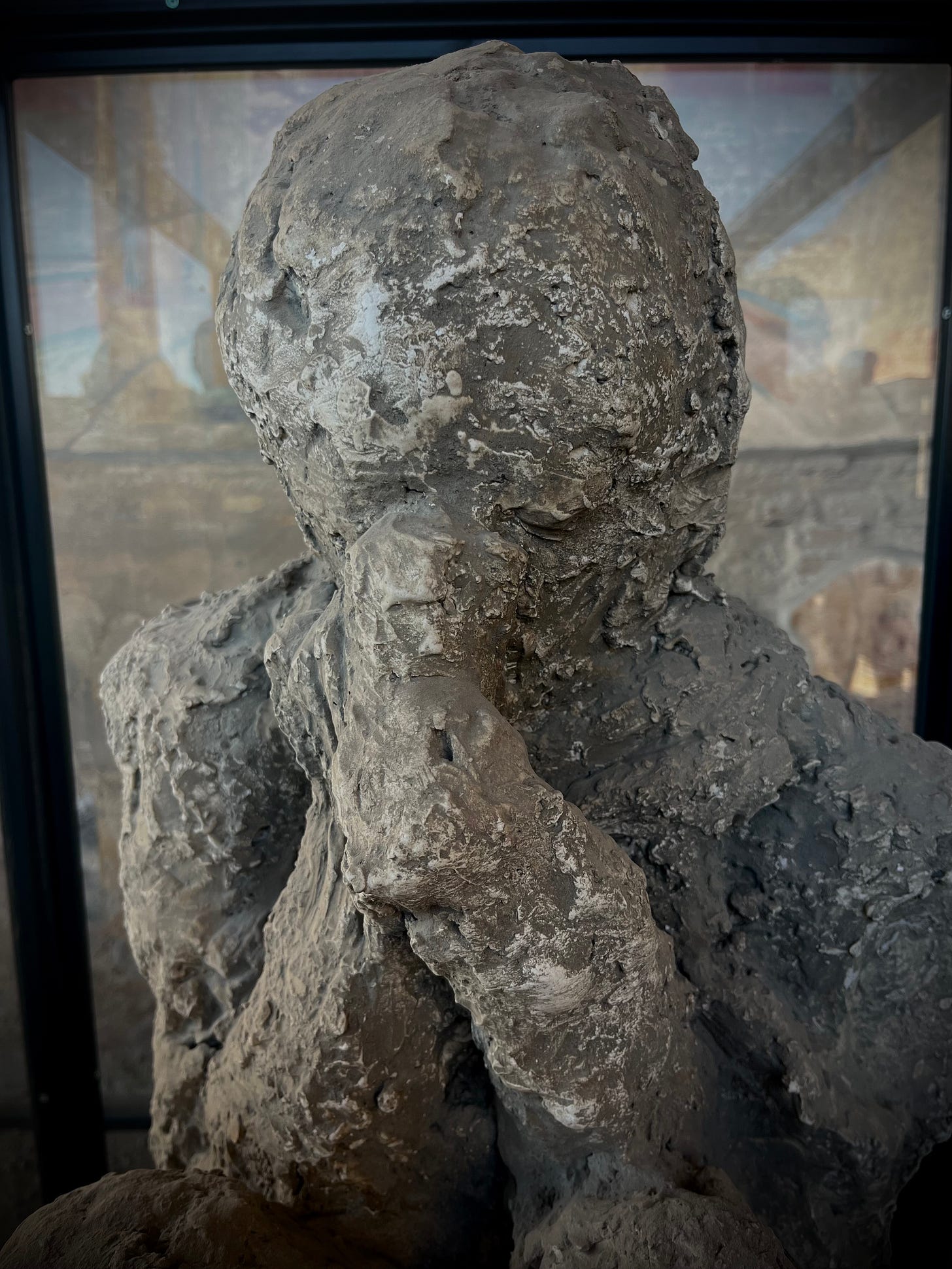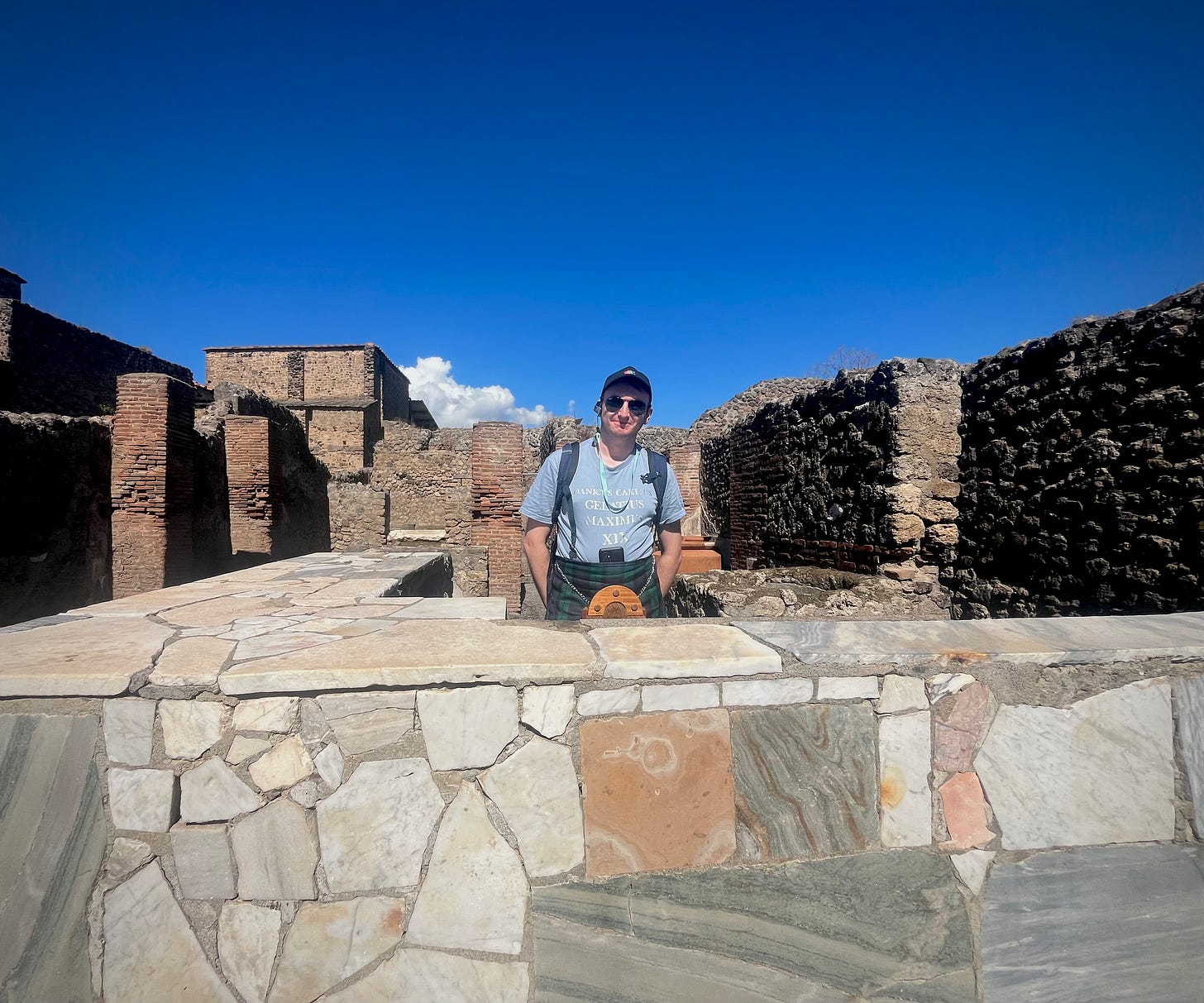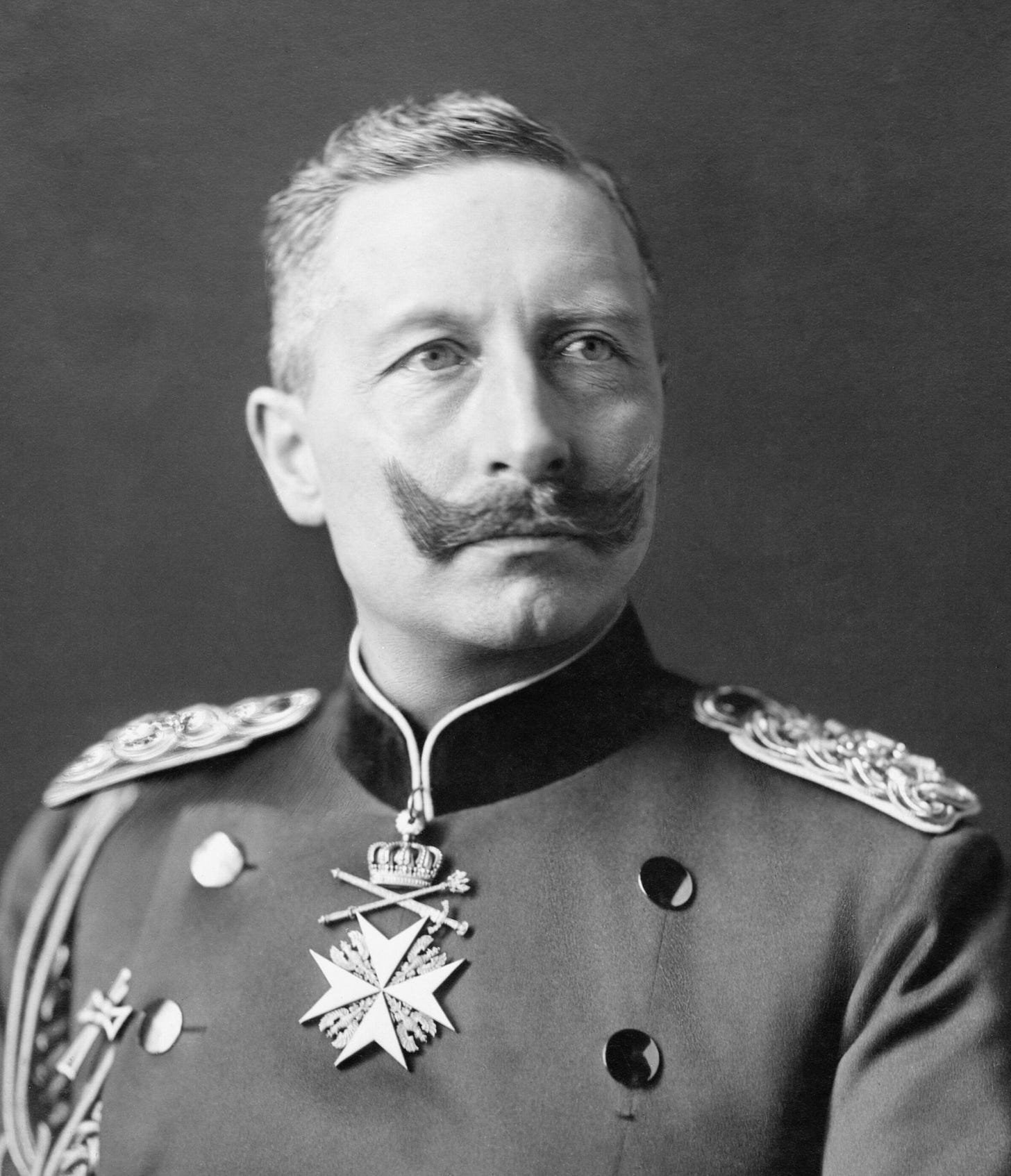On the Road
This week I’ve made my way from Bari as far as Naples and Ercolano with Istoria Travel’s Roads to Rome tour, based on Catherine Fletcher’s outstanding book. Yesterday was dedicated to a trip to Pompeii, so I thought I would share a few photos for those who have not been fortunate enough to go so that you could get a feel of the place.
First off, the volcano didn’t look like that before it went bang in 79AD, that’s what it looks like after much of it exploded. Pompeii was buried under several feet of debris. For more than a hundred years, the town has been emerging thanks to successive generations of archaeologists. It’s quite dazzling to walk up and down streets that are two thousand years old without successive layers of civilisation having interfered. But really it’s the fact that Pompeii was completely forgettable in life compared to the likes of Rome, that makes it so unique. This was a town full or ordinary people living ordinary lives.
These images are from a public bath house. Below is a massage bed, which would have been complete with mattress and a bench.
The above is a detail from one of the inadvertent casts of those killed during the eruption. If you were being smothered by a volcano. you might have covered your mouth and nose too…
Beware of the (possibly fictitious) dog. A deterrent to burglars, anyway…
This one shows Istoria’s ancient guide on this trip, Dan, ready to work behind a shop counter.
There is one stunning flash house that belonged to two brothers, who were in the wine trade. The paintings on the wall, some of which are made to impersonate the multicoloured marble you’d find in a palazzo, had survived to an incredible degree.
One of the most famous locations in the city is a brothel, and I think this is the one that made me feel uneasy about walking in and out of all these ancient homes, businesses and public buildings. Firstly there is the menu offering different options on the walls…
But the creepy bit is the cells. Because that’s what they look like, the little rooms where these transactions took place. The female and male sex workers were not part of the transaction. They were slaves, and the money collected went to their owners…
This Week
On Monday I looked at Dan Jones’s new biography of Henry V. Here is an excerpt for you:
‘The doctor is nervous. John Bradmore is the best surgeon in England. He has a famous practice in London. He attends on rich and powerful clients, including the king. He has the supreme self-confidence - bordering on arrogance - common to elite surgeons since the days of the ancient Greeks.
But this case is different.
In the course of his career, Bradmore has proved time and again that he can heal patients other surgeons have written off as incurable - often by daring and inventive means. He has cured a woman of scrofula - an infection of the lymph nodes so awful it is commonly thought to respond only to the touch of monarchs. He has developed a technique to cure drooping eyelid bags. He has saved a London carpenter who accidentally slashed an artery in his arm with a chisel, by cauterising the wound with a powder of his own invention.
Bradmore once spent nearly a month restoring to health a royal servant - the master of pavilions - who had succumbed to diabolical temptation and attempted suicide, sticking a dagger into his guts and running into his office wall.
But none of those cases had been so delicate, nor so high-profile, as the one he is about to take on.
It is July 1403, and Bradmore has been summoned one hundred miles from his home in London to Kenilworth Castle: the palace-fortress in the English Midlands that is the historic home of the mighty dukes of Lancaster. It is a long journey, on uneven roads, towards a part of the country that is riven with disorder.
But travelling is not the problem, even at this time of great turbulence, during which England teeters on the brink of all-out civil war. Nor is dealing with the demands of wealthy clients.
What makes this job different is what is at stake.
The patient who lies at Kenilworth, having defeated every other doctor who has seen him, awaiting Bradmore's attention as a matter of last resort, is one of the most important members of the Lancastrian dynasty.
He is a teenage boy, born in Monmouth sixteen years ago, who has survived the lurching, bloody times through which he and England have recently lived. He is a promising warrior, a prodigious lover of music and literature, an avid sportsman and hunter.
He is the eldest son and heir to a man who four years ago became the first Lancastrian king of England, Henry IV.
He is Henry, Prince of Wales.
Henry is almost c certainly going to die.
A few days ago, on 21st July, at a battle fought just north of Shrewsbury, in the borderlands between England and Wales, he was hit in the face with an arrow shot from a longbow.
How exactly this happened is not altogether clear. Henry ought to have been wearing a helmet with a visor protecting his face. Perhaps he lifted the visor, or removed the helmet entirely, to take a drink or get a better view of the chaotic, blood-soaked battlefield. But how it happened does not matter now. The fact is that several days ago the iron head of an arrow tore into Henry's face just to the right of his nose. It sheared through his cheek, tearing cartilage and flesh before lodging itself, six inches deep, in the back wall of his skull. At some point someone - probably Henry himself - tugged at the arrow-shaft, and it came away from the arrowhead. That must have seemed, in the panic of the moment, to have dealt with the worst of it.
Far from it. Once Henry left the battlefield, having performed, by all accounts, very bravely, it was obvious that he remained in mortal danger. It was only thanks to the miracle of a few millimetres that the arrowhead did not instantly blind him, damage his brain or kill him outright. All the same, he still has a one-ounce chunk of metal embedded inside his head.
So having been saved by one miracle, Henry now needs another. Bradmore needs to provide it. Unless this arrowhead is removed, it is only a matter of time before it either shifts and damages the nerves and blood vessels inside his head - or blood poisoning sets in.
Bradmore has an idea how he might remove the arrowhead, then seal and heal the wound. His bag holds all he needs: blocks called tents for opening wounds, honey- and wine-based anti-septics, clean dressings and a tool he has designed himself, a little like a speculum, with which he hopes to grip the arrowhead and tease it out without causing further damage to the flesh. He knows how to make pastes to stem bleeding, creams to control the rate of healing and oils to flush out entry wounds. He has a lifetime of experience and a steady hand.
Yet like any good surgeon, Bradmore knows there are things he cannot control. Dirty metal in human flesh, close to the brain-stem: experience tells him there is a high risk of the patient going into seizure. (The fear of the spasm... was my greatest fear,' Bradmore writes later.)
A fit could be brought on simply by the catastrophic damage already wrought on the delicate tissues of the patient's head. It could be caused by secondary infection: the painful toxic spasms that today we attribute to tetanus. If it occurs it will probably prove fatal.
What's more, even if seizure is avoided, this is still going to be a long operation, involving many hours of painstaking surgery without reliable anaesthetic, followed by weeks of diligent after-care. Bradmore will have to be at his best for all of it. His patient will have to be abnormally tolerant of pain. And God will have to be on their side.
So Bradmore has good reason to be nervous. This will be among the most difficult operations anyone in England has ever performed. The odds are stacked against him, even if he does everything well. And if he makes the slightest mistake there is a good chance he will be remembered as the man who killed the eldest of the king's four sons and redirected the line of succession to the English crown.
The consequences of failure are clear. But what Bradmore cannot comprehend are the consequences of success.
For what he does not know - what no one can possibly know, including the patient himself - is that if this sixteen-year-old lying stricken at Kenilworth lives, he will grow up to be someone very special.
He will be the king regarded by most generations after him as the greatest medieval ruler England ever had.
This teenage boy will one day be Henry V…
You can read the full piece here:
On Thursday I delved into a book about the Kaiser and his public speeches during the First World War.
Tell me if this sounds familiar: A towering public figure who loves the sound of his own voice, who starts off by positioning himself as the face of change, something special, the man who’s going to make your nation the bestest nation of all. He’s loud, and he’s shouty, and he clearly thinks he’s a big deal. People are excited. But actually, it turns out that life and circumstances conspired to put him in a position that though he clearly thinks he was born for it, greatly outstrips his capabilities. Time goes on, and it transpires that though he’s great at the talking and the slogans and the whipping people up, he’s not so great at the doing. People begin to see through the shouting. He’s definitely not the brightest guy in the room, and he’s always flitting from one cause to another, without actually nailing down what he promises. Eventually, he just becomes exhausting. The longer he’s around, the more he becomes a bit of an embarrassment, and various government officials, politicians, family members, the press, all begin taking him less seriously. They can’t ditch him, because of the position he wields, but they back away and try and distance themselves from the rhetoric. Half the time, he talks gibberish. At times, you can picture the sensible adults in the room with their heads in their hands, very much wishing he’d just shut up.
I’ve just described the public life of Kaiser Wilhelm II from his ascension to the German throne in 1888 to the onset of the First World War. Bearing all the above in mind, I was plodding through some French books the other day, and I came across one I definitely wanted to write an article about. In 1918, a Madame Marie Méring decide to collate the Kaiser’s public speeches from throughout the First World War and publish them in one place. This is going to be good, I thought. Merci, Marie…
Making Germany Great (Again)
The Kaiser is a fascinating study. A lot of Wilhelm’s rhetoric from 1888 onwards was about reaching back into history. Germany was only unified in 1871, and so he had to, to try and generate the kind of symbolism, pomp and pageantry he wanted to inject into a monarchy that was actually new in this incarnation. Image wise, his rhetoric was all about bringing back medieval vibes, and tying himself to the perceived grandeur and the chivalry of the Middle Ages. Don’t forget he’s Queen Victoria’s oldest grandson. He’s seen this kind of precedent and imagery in action since he was a boy, and he wanted it for himself too.
You can read the full article here:
Next Week
First up, you’ve got the story of a woman from France’s Revolutionary who gave every misogynist in her path a headache. Secondly, I’ll be delving into the plight of Naples during the Second World War, and explaining why we should be less judgy about what the city looks like now as a result.
There will also be some photos from Cassino and Rome!
















As always I thoroughly enjoyed it